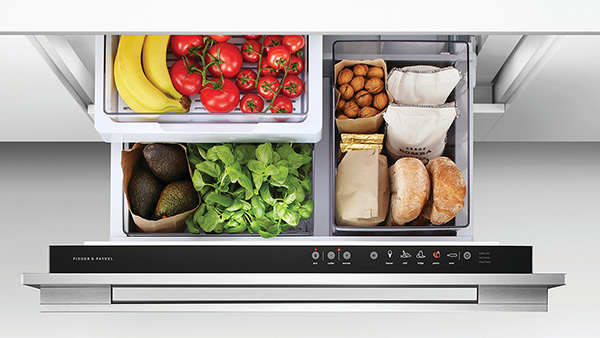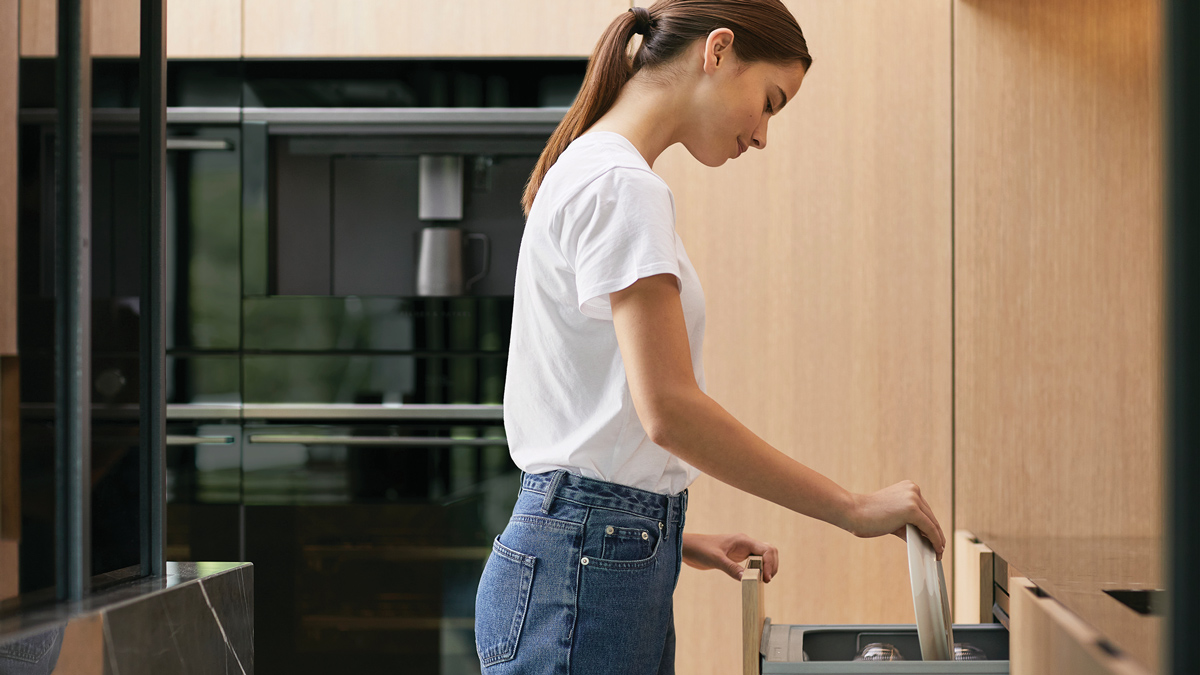To create moments of delight in the kitchen, our product design process is driven by three interlinked principles: The Beauty of Choice – style and integration options that give more choices around bespoke kitchen creation and the ability to respond coherently to the architecture of the home; Design Freedom – the ability to distribute and detail products to create a kitchen layout personalised to a household's patterns of use; and Ultimate Kitchen Solutions – the design of products that work seamlessly together to deliver Mastery of Temperature.
Mastery of Temperature
Cooking
Create a perfect meal and a beautiful kitchen experience with a suite of cooking appliances that work seamlessly together to deliver Mastery of Temperature. Achieve precise and consistent temperature control across all sources of heat.
At Fisher & Paykel, we believe perfect kitchens are those that give a chef or cook absolute control to craft the perfect cuisine. And we know that perfect results come from the Mastery of Temperature.
When we come together around food in the kitchen, we expect to be supported by appliances that have greater levels of performance, versatility and consistency. We want them to look good – and to make us look good, too, by making technical cooking methods more intuitive, helping us to prepare varied ingredients perfectly, explore new flavours, and create perfect results.
Introducing Kitchen Perfection
Our commitment to Kitchen Perfection is driven by a deep curiosity about the life lived around our appliances. Our product design methodology is insight-led – we combine observations of human behaviour with a deep understanding of the science of food care and cooking, and validate with real-life testing. It's an approach that acknowledges the importance of the kitchen as a social hub, and results in sophisticated tools that aid and empower a chef or cook to create exceptional cuisine.
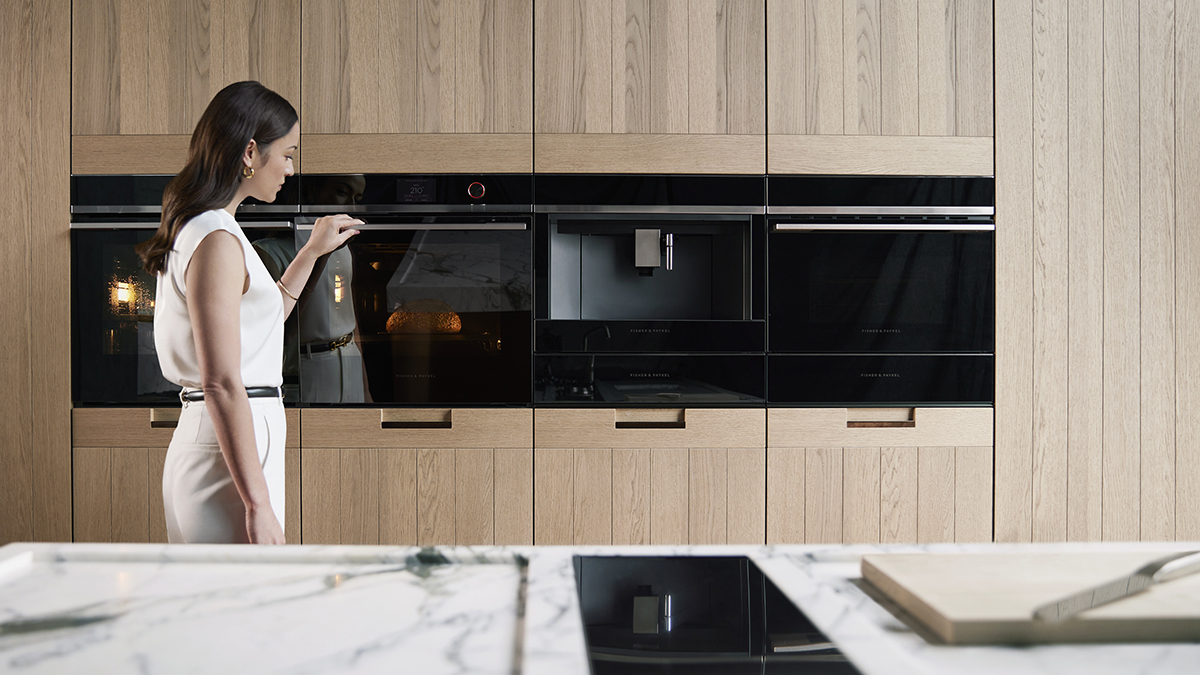
Mastery of Temperature
At its heart, Ultimate Kitchen Solutions is built on the insight that for optimal results, different ingredients, foods and liquids need to be stored and cooked in different ways, at different temperatures, and with different levels of humidity – because even subtle changes in temperature and humidity can diminish an ingredient's shelf life, nutritional content and depth of flavour. However, beyond science, food is an expression of nature and culture. For some, the perfect meal is a nine-course degustation with more foam than a wind-swept foreshore – with a natural wine to match each course.
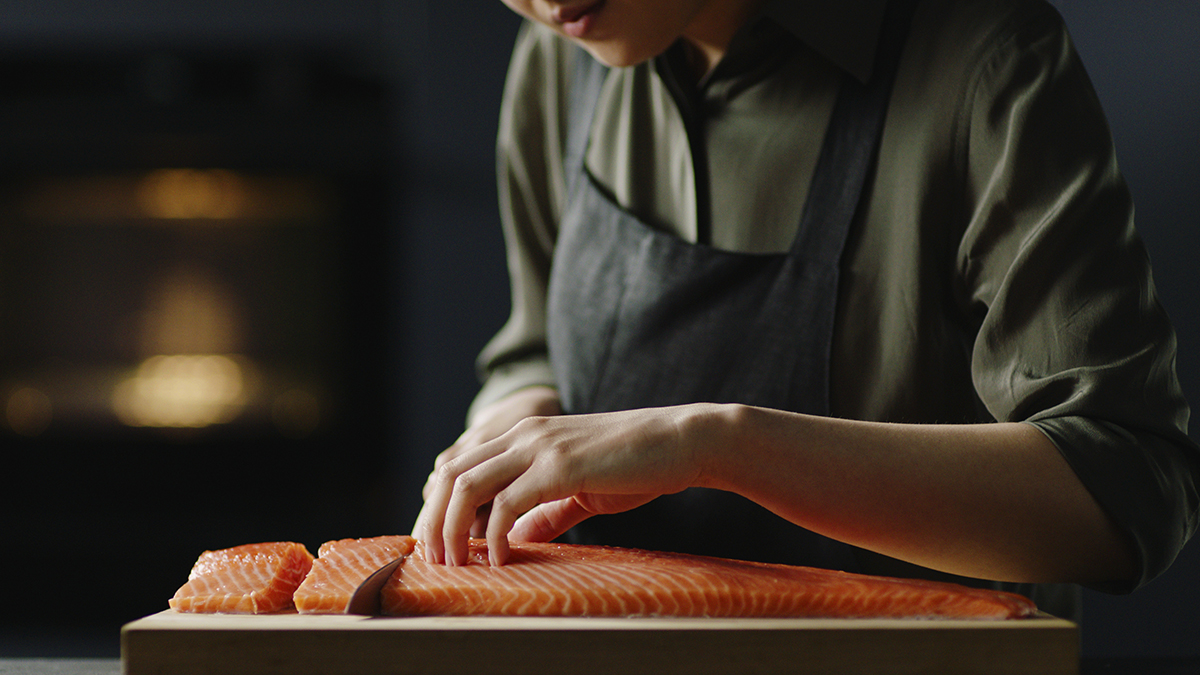
For those who think foam has no substance, a rustic platter of foraged fare, in the new Nordic tradition, may be more appropriate. The point is that the perfect meal is personal, and so is creating an Ultimate Kitchen Solution for your household. It depends on the way you live, the number of cooks, the food and ingredients, wine and other beverages you enjoy, and the ways different types of food need to be cared for, to maintain maximum vitality.
Cooking today is one of the most popular subjects on the planet. It encompasses history and culture, provenance and sustainability, local and global food trends, scarcity and sustenance, invention and creativity. The “great recipe explosion” inspired by social media has seen cooking knowledge broadened and democratised. Recipes once handed down across generations are now shared in seconds, leading chefs are household names, and our more worldly food knowledge is accompanied by diverse and adventurous tastes and appetites. As our palates and culinary skills have become more sophisticated, so too have our kitchen products. But whatever you are cooking, the secret to success lies in the science of temperature and humidity. That's the part we design into our appliances, so at home you can achieve perfect results, intuitively. By understanding which technique, temperature and heat type you need to create perfect flavour and texture, you can choose the best appliance solution to suit your needs. Whether you're cooking with gas, convection, steam or sous vide, or induction – or a combination of heat inputs – a commitment to Mastery of Temperature underpins all Fisher & Paykel cooking products. It's the ability to introduce the right temperature at exactly the right moment; from gentle chocolate tempering warmth to the intense heat required to perfectly reverse sear a sous vide steak.
Feeling the Heat
Heat is energy and temperature is a scale of measurement we use to measure the energy in a specific system. In contemporary cuisine, we tend to need more than one type of heat to get the right result. While every method of cooking involves the transfer of heat, it's the accuracy and consistency of temperature that plays a key role in determining the quality of the outcome.
COMBINATION STEAM COOKING
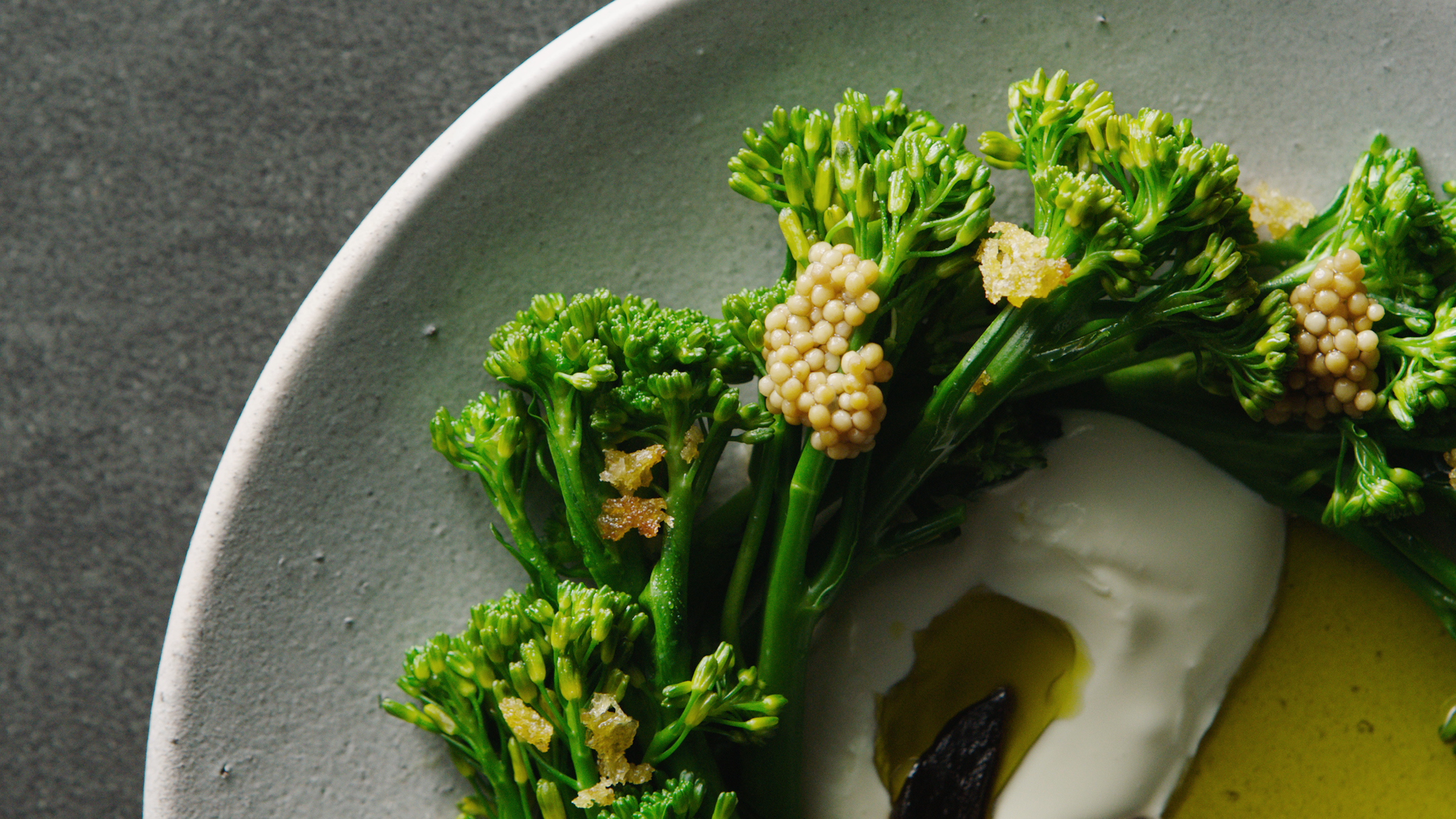
Evidence of steam cooking technique dates back as far as 5,000 BCE. Steamed rice has been a mainstay of Japanese sushi for more than 1,000 years, and today, steam is a staple cooking technique in restaurants all around the world, where it is favoured for the accuracy, certainty and repeatability it brings to dish creation. As a conductor of heat, steam is around eight times more efficient than dry heat, which means significantly reduced cooking times and lower cooking temperatures. Steam cooking helps service to be perfectly timed, so all dish components come together at the right time for plating.
While steam ovens were once a specialist purchase, the Fisher & Paykel Combination Steam Oven makes steam-powered cooking accessible to cooks at all levels – and it is particularly suited to entertainers and those seeking healthier cooking options. Combination steam cooking combines humid air (steam), which is exceptional at holding a stable temperature, with dry heat circulated by fans (convection), to cook food with a very even and consistent heat. It brings control, consistency and precision to the home – and is often the cornerstone cooking appliance of the kitchen, thanks to its ability to retain the delicate textures of ingredients like salmon and snapper, the vitamin and mineral content of things like market-fresh greens, and the depth of flavour of a perfect cut of meat.
It seems ironic, but historically, the most precise endeavour in the kitchen – baking – has been powered by the most imprecise source of heat – the convection oven. Combination steam cooking changes this, allowing you to draw out the flavours of wheat into a light and fluffy structure within the perfectly crisp crust of a sourdough loaf. You can also brown, roast and grill, with the humidity of steam-infused cooking helping prevent dishes from drying out, preserving flavour and texture, retaining tenderness and encouraging the delicious crust of a perfect roast to form, as heat inspires multitudes of small chemical reactions, converting proteins and sugars into flavour, colour and aroma (a.k.a. the Maillard reaction, which occurs at temperatures greater than 153°C).
For good reason, steam cooking is associated with healthy eating. Steam-cooking greens like broccoli, or its more sophisticated cousin broccolini, in a combination steam oven at 100°C retains up to 90% of nutrients when compared to boiling. Its versatility also extends to desserts, with a classic crème caramel or delicate crème brûlée setting with a smooth and silken texture.
With combination steam cooking, centre-of-the-table dishes, such as a whole-cooked snapper, can be treated with the care and precision suggested by the adage that ‘seafoods should be threatened with heat and celebrated with joy'.
Salmon, cooked gently in a combination steam oven at around 52–55°C, comes to a perfect texture as albumin, a protein that exists in liquid form when raw, firms up into the perfect texture.
Sous Vide Cooking
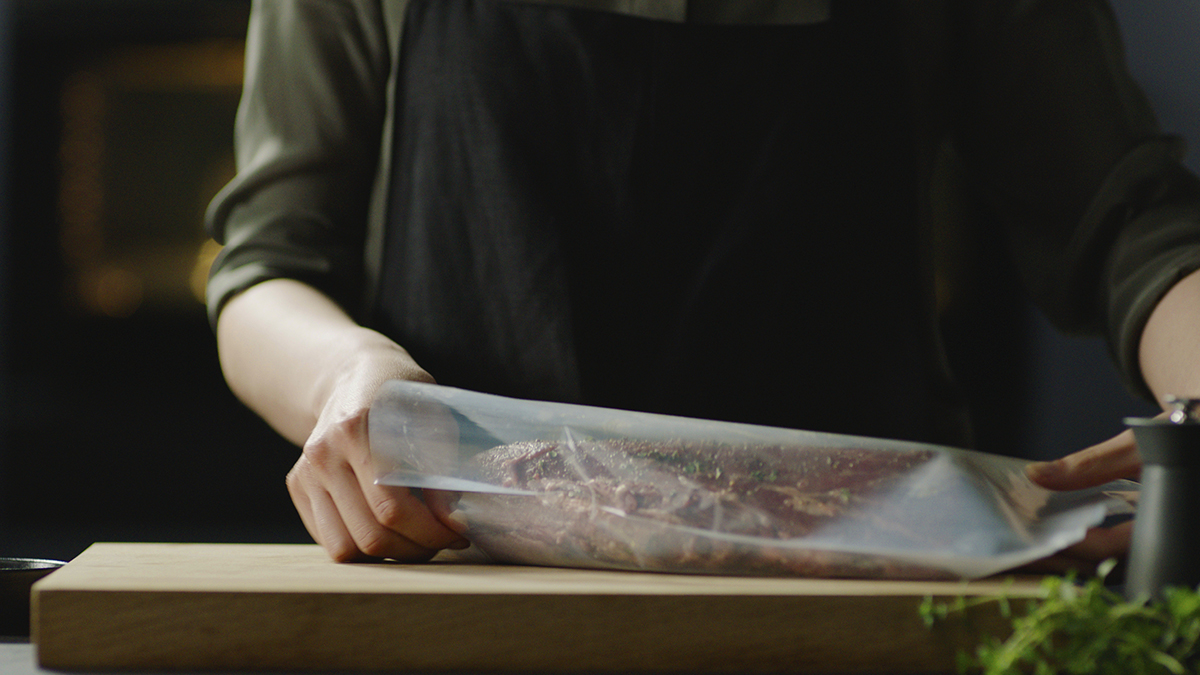
Sous vide has also become an increasingly popular home-cooking technique. After getting its start in 1970s Europe as a technique to reduce shrinkage in expensive foie gras, sous vide, which means "under vacuum", would come to define cooking with absolute temperature control. Entrenched in the restaurant mainstream in the early 2000s, it became prized for the consistency and repeatability it brings to the preparation (and service) of meats, vegetables, sauces, stocks and soups – and eggs, a simple ingredient that manages to be incredibly complex at the same time.
Using sous vide, you can create the “unmatched flavour and texture” of the 65°C egg "discovered" by French molecular gastronomist Hervé. “Perfectly cooked from end to end,” it was a staple of early 2000s fine-dining establishments. Using sous vide, you can dial in a temperature with degree-perfect precision, so the different proteins – yolks and whites (or "tight" whites and "loose" whites, to be more specific) – come together with different textures, without overcooking.
Using Fisher & Paykel's Combination Steam Oven to sous vide means saying goodbye to circulators and immersion – the typical accoutrements of sous vide cooking – and hello to a vacuum-drawer companion product that has been designed to make this once specialty cooking technique a simple proposition at home.
With sous vide it becomes simple to bring premium cuts of meat, such as well-marbled wagyu steak, to a perfect medium-rare state hours in advance of serving. Sous vide cooking uses lower temperatures than traditional methods. The ingredients are slowly heated to the set temperature – for medium-rare steak, 55°C – with no damage to the fibres and even colour from centre to edge – no more dry edges or rare centres. Sear and serve when you're ready.
Cooked sous vide, a venison tenderloin cooked at 52° has unmatched juiciness. And for those with exceptional patience, you can braise short ribs at 58° for 72 hours, for what is surely the ultimate in melt-in-the mouth tenderness.
INDUCTION COOKING
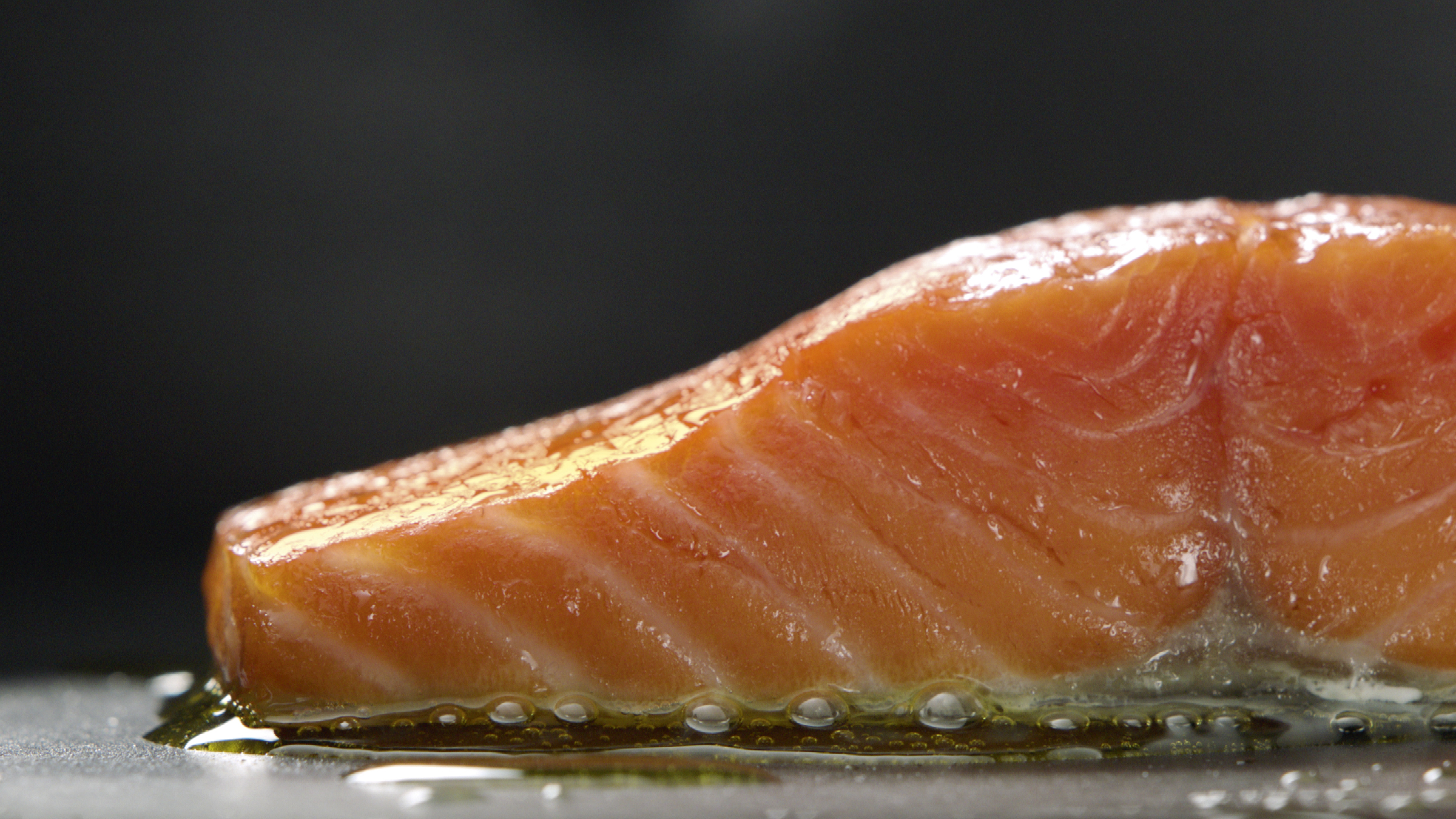
A key component in any kitchen solution is the hob. In the past, these have typically been either gas or electric, and while gas remains popular in a number of markets, especially the United States, many cities across the US are now enacting legislation limiting gas connections in new buildings. Induction hobs, as a substitute for gas, offer many of the qualities for which gas is prized – incredibly fast and responsive heating – and even surpass gas with accurate and consistent temperature control, and of course, sustainability credentials.
Electromagnetic induction, the technology underpinning induction hobs, is efficient because the transfer of energy heats only the cooking vessel – it is heat exactly where you need it. Because there is no flame, there is reduced heat transfer to the surrounding environment, which can result in a slightly cooler kitchen environment.
At Fisher & Paykel, we design innovative induction appliances for all the above reasons, but also because of its ability to confer absolute control to the hand of the chef. Our induction hobs deliver a responsive, constant heat right across the temperature spectrum: from the low, constant temperatures required for perfect chocolate tempering (without a double boiler) or poaching butter while avoiding breaking, to the higher temperatures required to caramelise sugar (the base of many classic desserts) and the intense heat required to crisp the skin of precisely steamed salmon. As an added bonus – cleaning a glass induction hob is as simple as wiping the bench or countertop.
Creating an Ultimate Kitchen Solution
Whether you choose gas or induction depends to an extent on the type of cooking you do. Wok cookers might prefer the intense, instant heat of gas (however, we'd argue that our hobs paired with premium induction woks work equally as well). Choose Gas-on-Glass products for an aesthetically streamlined, more minimal hob solution. People with a collection of fine copper cookware might also opt for gas, as induction cooking requires cookware with a ferrous content – like stainless steel – to conduct heat.
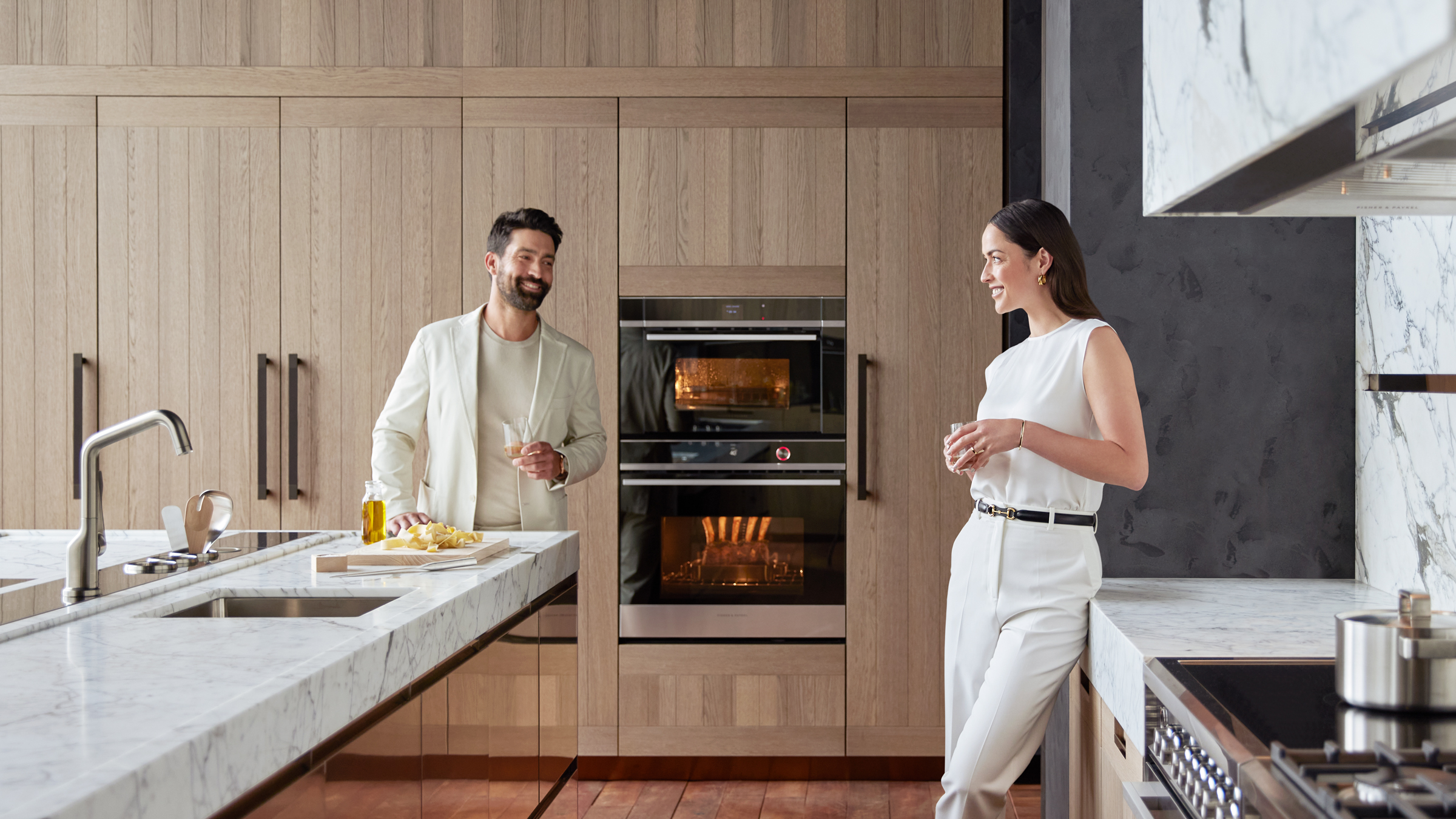
In the end, good cooking lies in good decision making, like understanding whether to cook food slowly over gentle heat or quickly over intense heat. One easy way to make that decision is by considering tenderness – and whether you are seeking to preserve it by cooking as little as possible, or to create it through slower cooking at lower temperatures.
The same kind of thinking applies to the composition of a kitchen solution tailored to household needs, with the ability to flex and expand with your needs. An Ultimate Kitchen Solution is composed of complementary appliances all designed to work seamlessly together – from optimal food care (because perfect cooking begins with perfect cooling) to maintain freshness and nutrient quality to perfect cooking results. It's the ability to combine cooking techniques and temperatures. To dial in the constant temperature required for a caramel sauce, combined with perfectly poached pears wrapped in puff pastry in a combination steam oven, for mouth-watering tarte tatin, or with custard set perfectly in the Chill Mode of a multi-zoned fridge, for a smooth, silky and sophisticated crème caramel. It's the creation of any dish with the depth of flavour and textural contrast that pleases the palate.
RELATED ARTICLES
Our changing relationship with food
Food is sustenance, right? What we need to live. But it's also more than that. It is society defining.. read more
4 min read
Five ideas for a more flexible kitchen
Achieve design freedom with the Series 11 DishDrawer™ Dishwasher..
read more
4 min read
